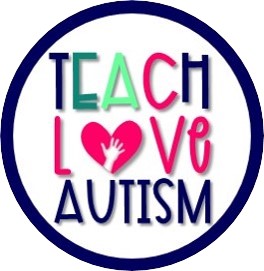Breaks and Reinforcement in the Classroom
I use so many strategies and procedures in my classroom. Some of them I don’t even realize I am using because they are part of my instructional routines. I feel some, are just crucial when I am working with students with intellectual disabilities.
🔒 This content is for members only.
Join the Teach Love Resource Membership and get full access instantly!





